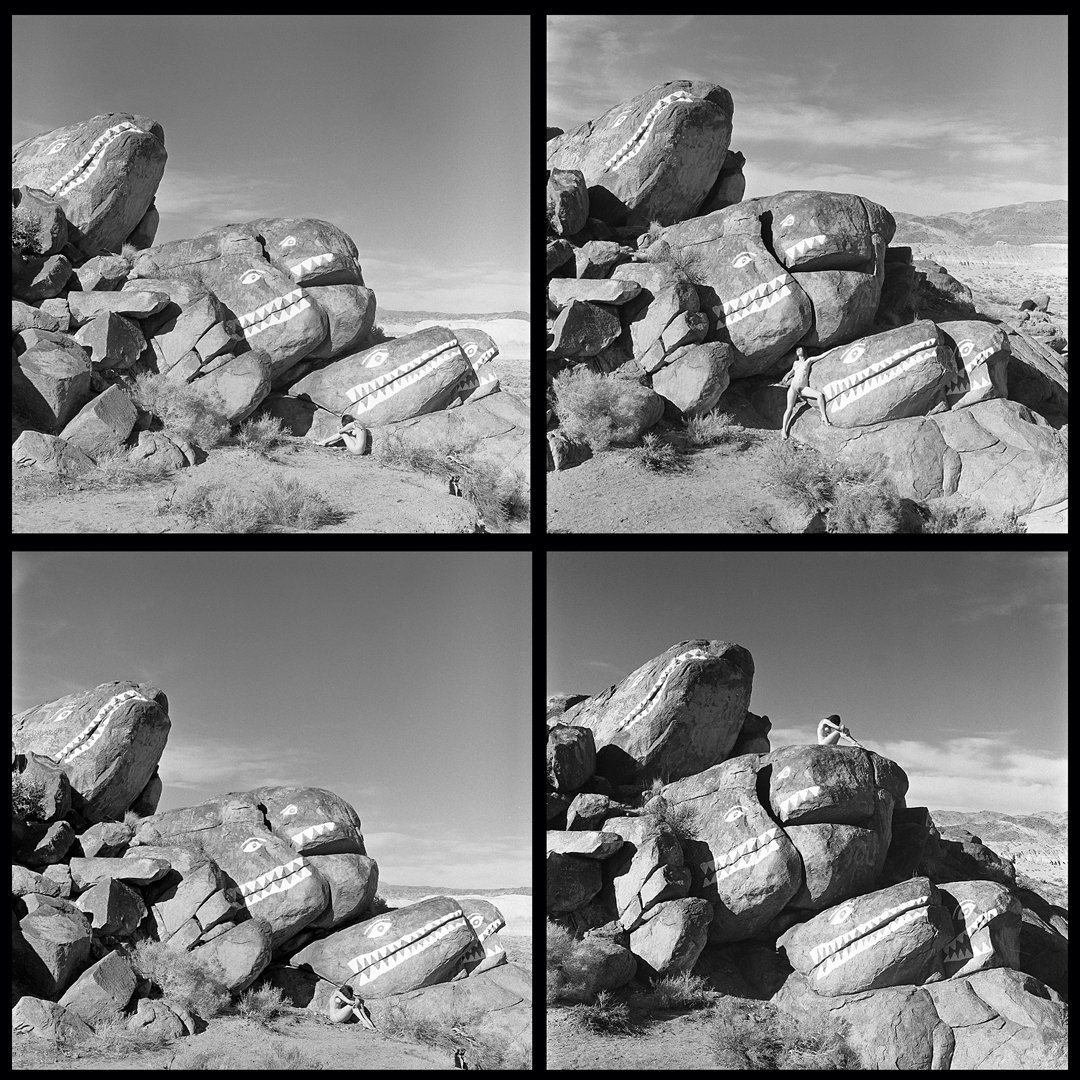
The Oregon Garden
A visit to the Oregon Garden on a beautiful spring afternoon of course led to a very quick photo session while nobody was looking. It wasn’t a situation where the model and I could take our time, but we made a rather spectacular image anyway.

Tiny Details Make A Difference
As a photographer I sometimes obsess over tiny details. Of course it may seem silly to consider the placement of the model in your frame as a “tiny detail”.